If a flight is planned, the day can start very early (i.e. waking up at 3 am might be necessary for some people). Breakfast at the hotel starts at 6 am and we have the choice between curry and western breakfast. The people at the hotel are extremely nice, even the decoration during breakfast is made for us (picture) and they plan a traditional Nepalese evening for us with live music.

View from the hotel and decoration at breakfast
From the hotel there are a 2-3 shuttle busses going in the morning to the hangar (between 3:45 am and 6:30 am). For our standards, the traffic is extremely chaotic and the air on the streets is very dusty and polluted. Before entering the airport to get to the hangar we show our passports.
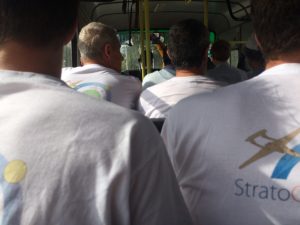
On the bus, on the way to the hangar
At the hangar there are offices, but the scientists working with measurement instruments stay close to the aircraft and their instruments inside the hangar.
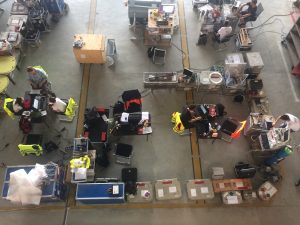
Working situation in the hangar
For flight Geophysica is rolled out 2.5 hours before take-off, yesterday that was at 5:45 am. The scientists follow, equipped with air conditioning and tools for their instruments. The aircraft is fueled, the pilot arrives, takes his seat and we wait for the tower confirmation that the Geophysica can take its position for take off. Yesterday the take-off was delayed by almost an hour and took off at 9 am. It is incredible how close we are allowed to the runway!

Geophysica take-off
For some scientists the time during flight is the only time they can explore the region and have a look at some temples around.
As soon as the Geophysica comes back, data from the instruments are downloaded. This is also the moment, when we discover whether our instruments worked during flight or whether some problem(s) appeared. Most instruments are dismounted again. Quick looks are prepared (visualization of the data) and are made visible for everyone. Then the instruments are prepared for the next flight and integrated back onto the aircraft. This preparation phase takes 1-2 days.
2 busses go back to the hotel between 3 pm and 9 pm. Yesterday evening we had our campaign party. A party that is usually organized once per campaign to celebrate the success and spend some time together away of work. Those parties are usually pretty fancy and at nice locations. Yesterday for example, we had dinner with drinks at the ‘garden of dreams’, a tourist attraction, partly reserved for us.
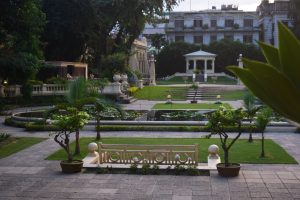
Garden of dreams in Kathmandu
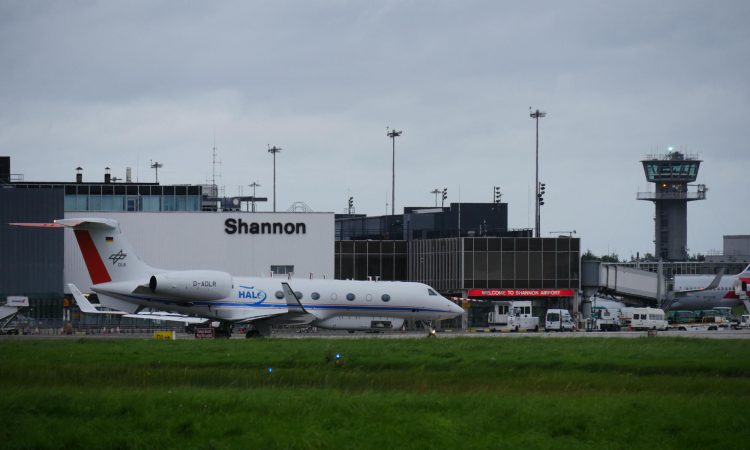

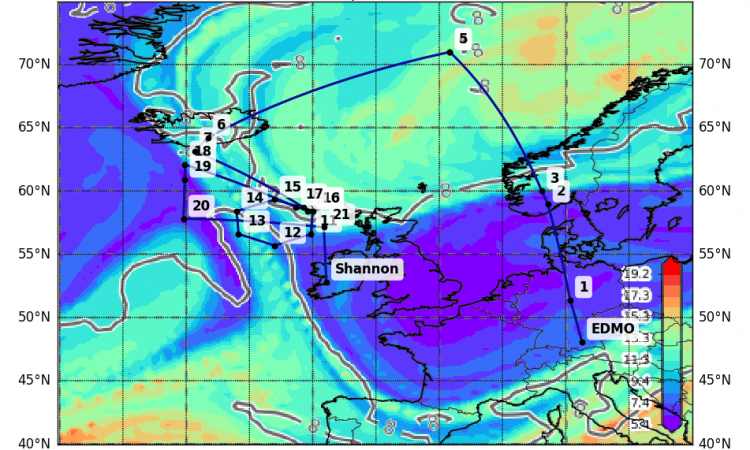
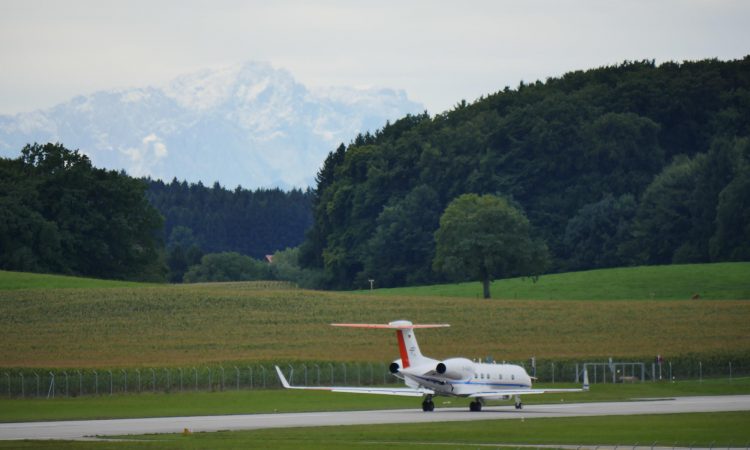

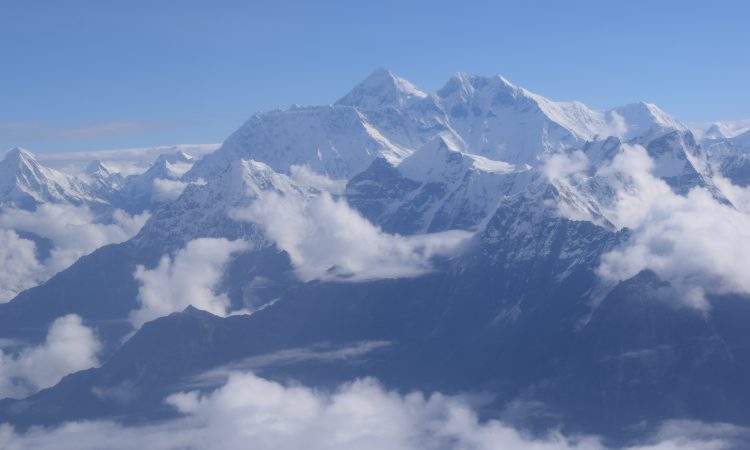
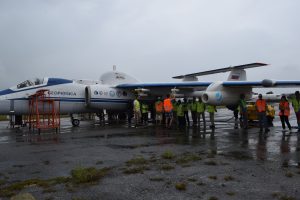
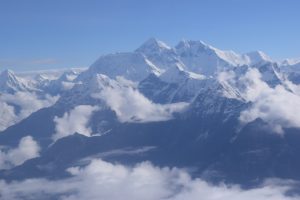
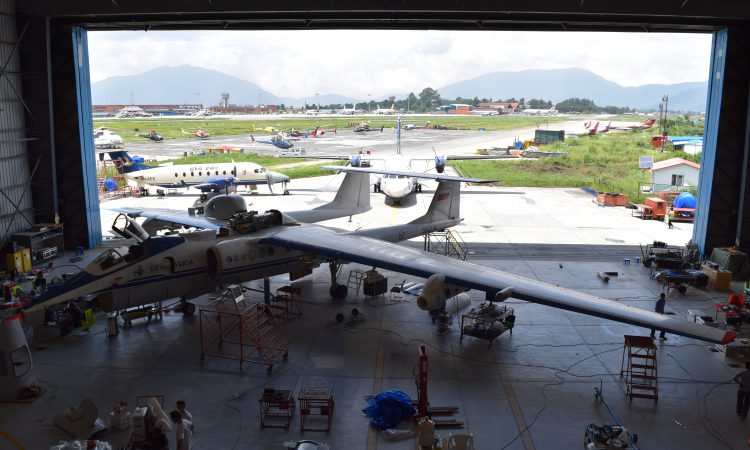
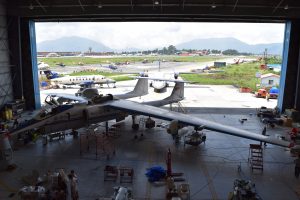
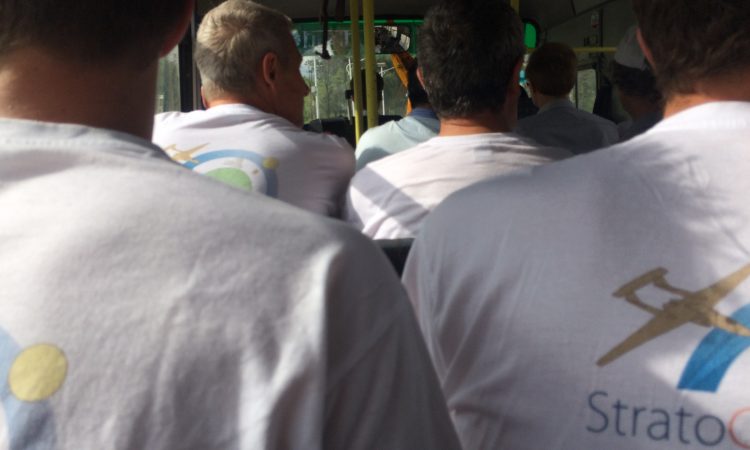





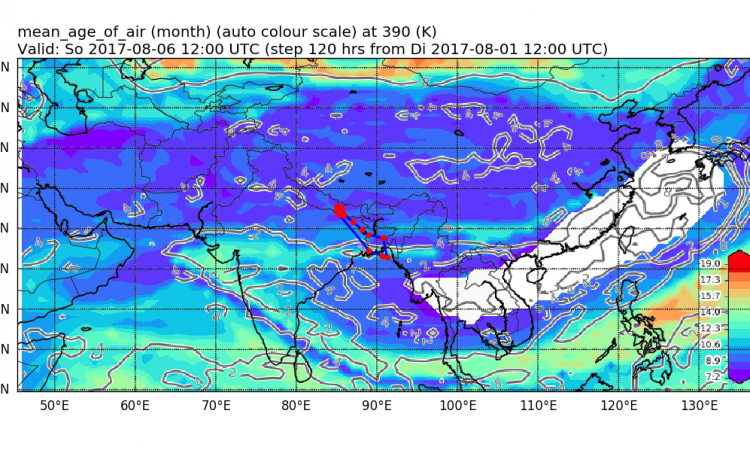
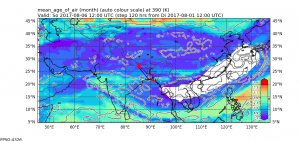
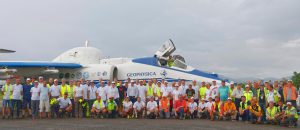
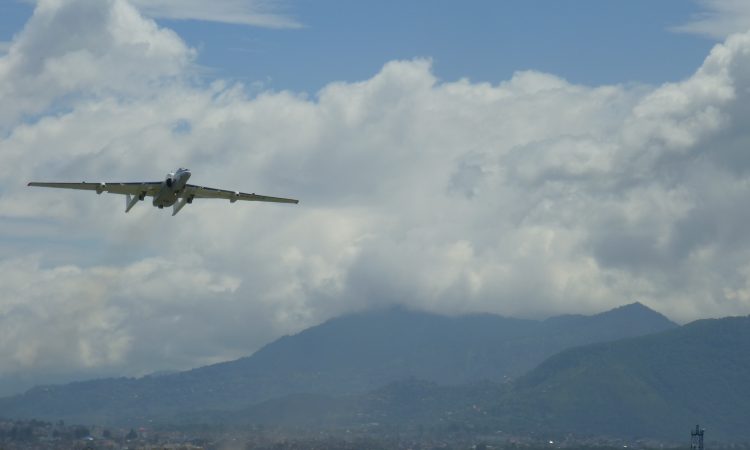
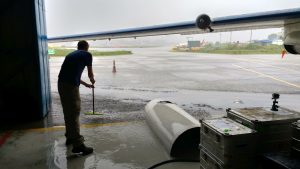
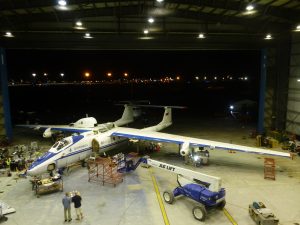
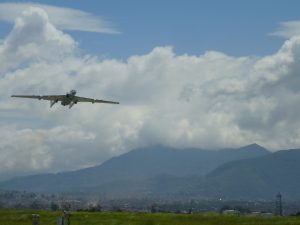
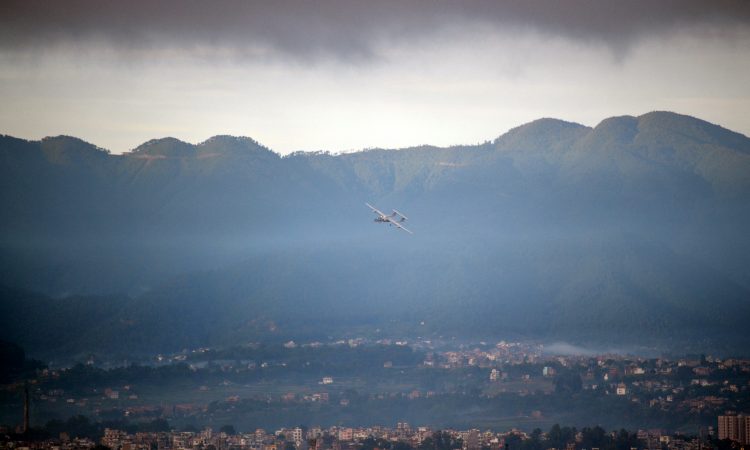

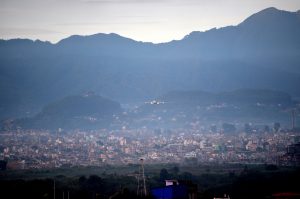
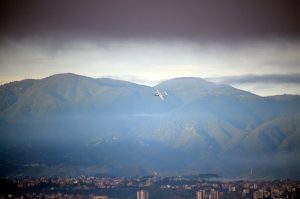
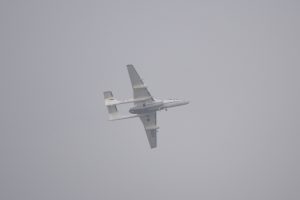
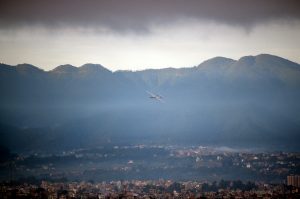

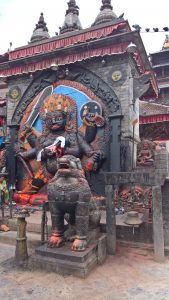
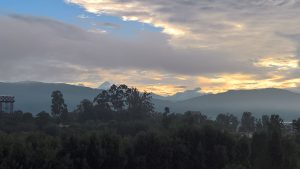
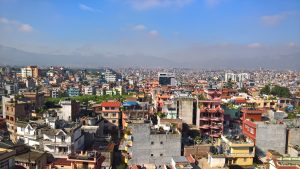
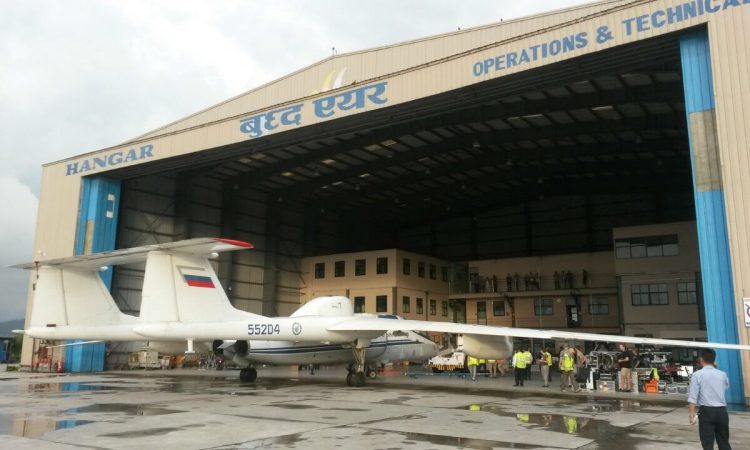
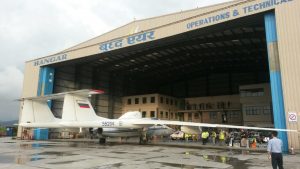
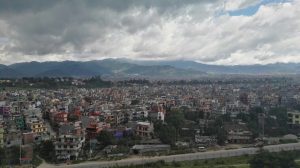
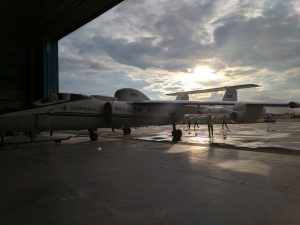
Recent Comments